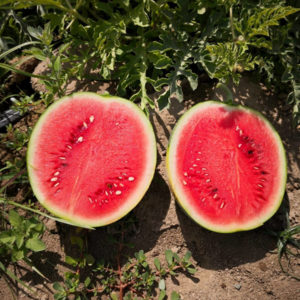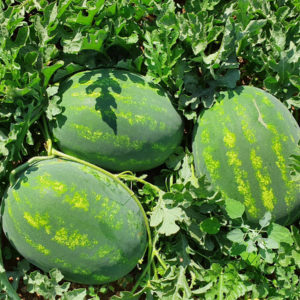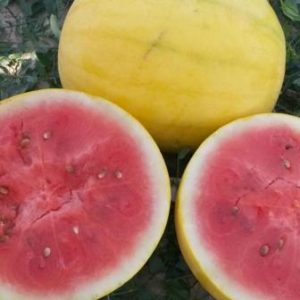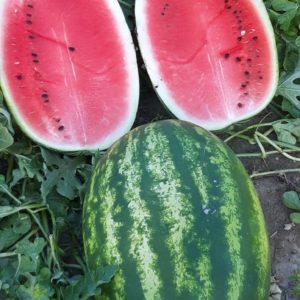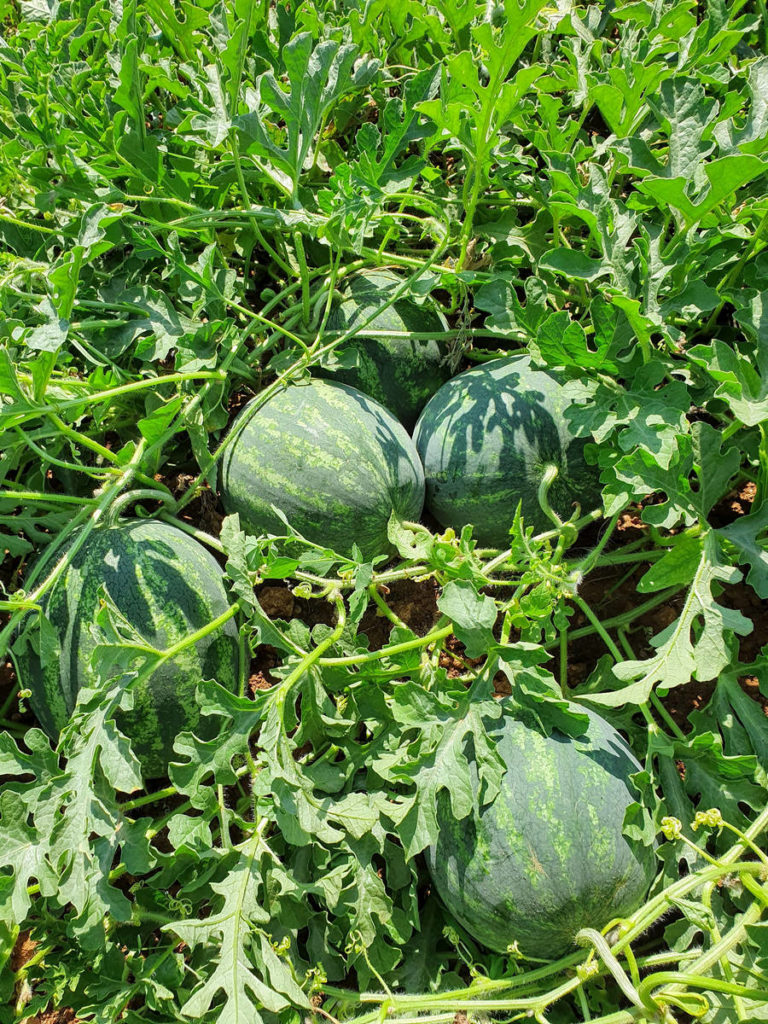
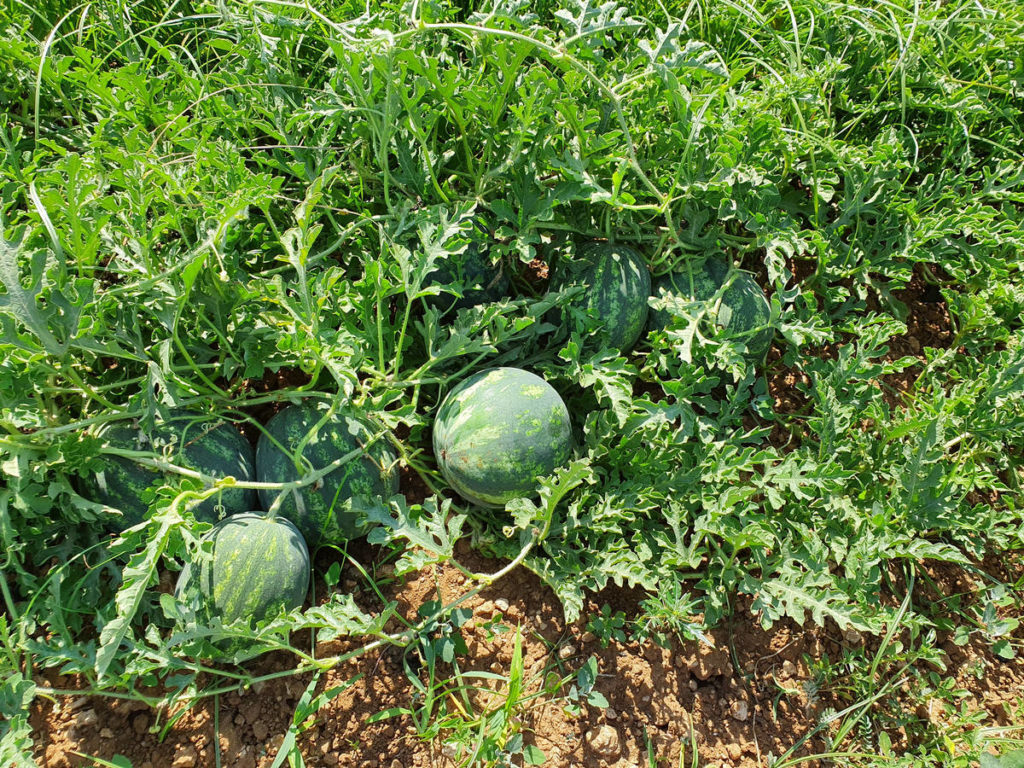
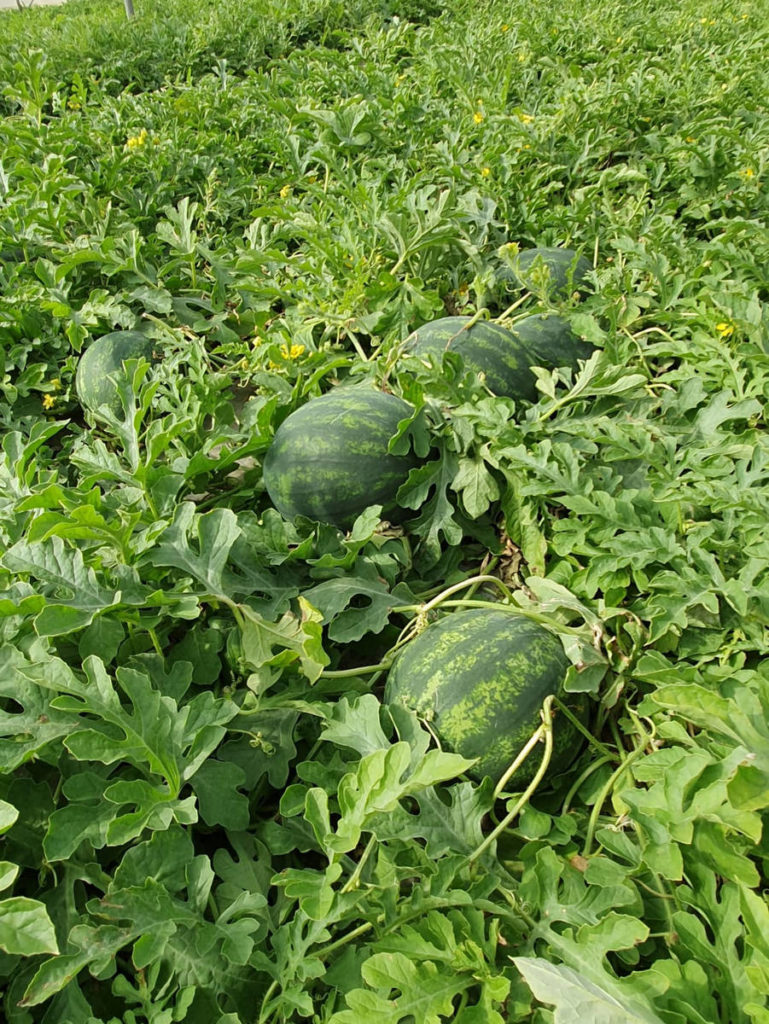

piccolina
In the small watermelon quality is excellent
Prevalent use: Domestic and foreign market. Excellent for large-scale distribution
Prevalent cultivation: greenhouse and open field
Description
Cycle: Medium – late
Plant: good vigor with excellent flowering
Fruit:
- round/round-oval shape
- weight 2-2,5 Kg very homogeneus
- Excellent quality
- Red and crunchy pulp
Advantages:
- High and constant production
- Homogeneity and constant quality
- Excellent veratility of the plant
- High degree Brix
Important Note: The information shown, the photos shown, the descriptions and the suggestions provided, refer to optimal cultivation conditions. We cannot guarantee the achievement of satisfactory results under any different crop and/or seasonal condition.
Informations
N.B. in case of exhauted and heavy plot of lands or to increase resistance to pathogens, we recommend grafting with Sansone or Cassius
Growing tip: due to intollerance for soil disease it is strongly recommended the grafting technique of resistant feet


